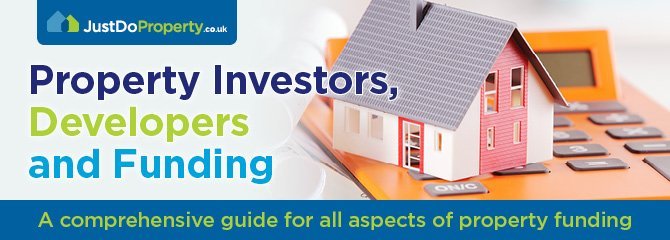
Let’s face it, there can’t have been many landlords even mildly taken aback with the announcement of the Prudential Regulation Authority’s (PRA) tightening up of Buy to Let lending criteria for financial institutions and specialist lenders back at the end of September. But those same landlords should be aware that it’s about to come into force in a few weeks – or January 1, to be exact.
Already referred to as ‘PRA on steroids,’ the clues for the advisory tightening of underwriting standards for financial lenders were the imposition of Stamp Duty on second homes in April this year and future cuts in interest tax relief for high-earning landlords, starting April 2017 and to be fully implemented by 2020.
Brexit, of course, didn’t help – adding a whole new level of uncertainty to an economic climate which was only just beginning to recover post-recession – causing the government and the Bank of England increasing levels of anxiety.
The PRA with its introduction of a further piece of landlord bashing will also be partly implemented, but in a much quicker fashion than that of the landlord tax relief cuts. In fact, the initial implementation of PRA will be January 1, 2017 with landlords feeling the full impact of the announcement by Sept 30 the same year. The reason there’s a later cut-off date is to allow more ‘complicated changes’ time to be considered. This delayed introduction was actually one of a handful of requests from lenders, landlord associations and the public following the findings of the PRA’s consultation, revealed in March this year.
The new stacking calculation from Jan 1, 2017 will be: Monthly rent x 12 divided by 5.5% divided by 145%.
What are the key tenets?
Specialist lenders and other financial institutions will take into account tax liabilities and future interest rate increases, as well as verified personal income for smaller residential investors (those who have less than four mortgaged Buy to Let properties). Predicted future rent increases will be calculated in line with the government’s inflation targets of two per cent.
Portfolio landlords, on the other hand, will have to undergo more stringent assessment controls – especially those who aren’t set up as a limited company and, as a result, will face a far higher tax burden. They will have to outline their experience as a Buy to Let landlord, as well as produce copies of their business plan together with records of past and future predicted cash flows.
Despite being the main income and a career choice for many buy to let investors, the government doesn’t see residential property letting in the same light as other small to medium business in the UK and won’t reduce the capital requirements on loans by 25 per cent accordingly. Buy to Let investing – unfairly or not, depending on your point of view – is to be treated as a special case.
In the ‘small print’
· Equity or future capital increases on a property won’t be taken into account when it comes to an affordability assessment.
· Expenses such as council tax, building management, repairs, expected void periods and utility certificates will all count against lending.
· Personal income can be used to supplement rent – resulting in yet another affordability test.
· Capital gains tax won’t be counted.
· It won’t be necessary to undergo a strict affordability test for a buy-to-let mortgage of under 12 months.
· Corporate lending and holiday lets are excluded.
· Those who are remortgaging (ie not borrowing any further funds) will be exempt.
All in all, it seems clear one of the PRA’s New Year resolutions is to ensure Buy to Let landlords have a cautious 2017.
- Homebuilding and Renovating Show Free Tickets - March 19, 2024
- From Fixer-Upper to Dream Home: Investing Returns in Your Property Journey - March 13, 2024
- Leaving on a High Note: Acing Your End of Tenancy Clean - March 13, 2024



